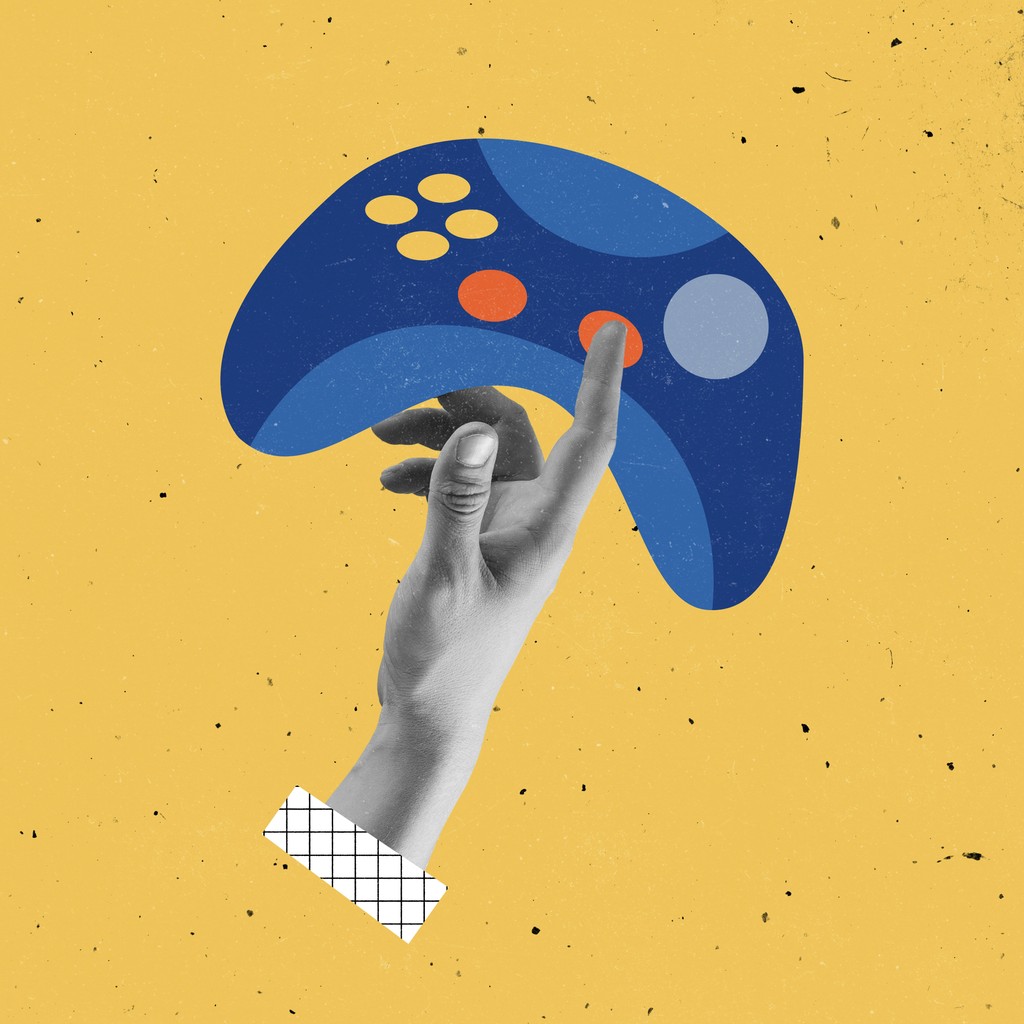
Ryan
Mar 2, 2024
Preserving Gaming Legacies with Digital Solutions
In the twenty-first century, a new field of archiving has risen to the forefront as technology advances at a whirlwind: archiving gaming and interactive media.
Thus, these forms of entertainment weren't just temporary pastimes but cultural references, inventions' achievements, and arts. The idea is kept for future generations so that they can understand the effect and importance of the aforementioned structures.
Importance of Digital Preserves
Imagining a world where very probable today's trend-setting and now classics, such as Super Mario Bros., or the pioneering games like Myst, do not exist, and their impact has not been felt; this is the reality of the states, even the developed ones that have not given proper inclination to the video game industry.
Digitization avoids this situation by protecting these items to make them available for future use. These saved foods aid in appreciating touch with technological and cultural advancement from memory to an academic point of view.
Preserving Cultural Heritage
Video games and interactive media are not simply entertainment; some are exhibits of a period in human development and contain ideologies, hopes, and imaginations of historians' age. Maintaining them helps the next generation to comprehend the background of the cultural creations that preceded them.
Ensuring Historical Continuity
Video games have existed for years, from the age of arcade machines to virtual reality. Modern people can maintain this history by studying the development of technology and society to understand the previous epoch.
Concerns for Managing Digital Archives
Hearse and software platforms advanced with time, eradicating all the games and media out of reach without being preserved.
Legal and Ethical Considerations:
It should be noted that copyrights and licensing agreements are especially a preserve of legal issues. Hence, many legal implications have to be considered in the process.
Cultural Sensitivity:
Due to their nature, some games and media may possess cultural significance. They may even contain elements which are now considered politically incorrect or at least deserve a historical reference before they can be stored appropriately for future generations.
Overcoming Technological Obsolescence
When new hardware and slowly maturing software platforms appear, old games and all the media associated with them face serious accessibility problems. However, there are methods for overcoming victory, old and new, which allow digital products to be implemented and become accessible to future generations.
Navigating Legal and Ethical Complexities
This can become a significant concern for preservation when the works are copyrighted or restricted by licensing agreements, in most cases for older or abandoned works. It is vital to gain the ability to distinguish people's cultural values while appreciating the IC and trademarks.
Strategies for Preservation
To curb these challenges, preservationists have used the following measures. Emulation enables the playability of modern games on old platforms or, as with many old games on modern platforms, focuses on their originality. Migration and conversion processes ensure data is retrievable by moving it to more advanced formats.
Metadata is crucial in ascertaining the importance of each artefact and guiding researchers to derive the correct meaning from it compared to other artefacts, as per history and cultures.
Leveraging Emulation and Virtualization
This software enables certain games that would have originally run on an old machine to be played on a new one without compromising their authenticity. Techniques of virtualization offer an equivalent solution for interactive media, guaranteeing their compatibility with subsequent platforms.
Implementing Migration and Conversion Strategies
Migration of records from one format and storage media to another allows the content to endure different technological changes. This may be type-converting files to open-source formats or on-translating files to cloud storage platforms.
Managing Metadata for Contextualization
The provenance of each artefact entails the development of minute metadata to provide information about the item's context. The metadata might contain information about the game developer, the year the game was published, its classification, and whether it represents the culture of the people.

The Function of Platforms like Confinity
Comprehensive Solutions:
Confinity also provides specific solutions connected to digital preservation, such as metadata creation, large-sized storage, and access rights.
User-Friendly Interface:
The platform's handling is very straightforward, and it allows archivists or preservationists to upload and organize many digital collections.
Confinity also promotes information exchange between institutions and researchers on digital preservation, including sharing practices and knowledge.
Enabling Preservationists from End-to-End
Currently, Confinity's product portfolio contains digital preservation tools and services such as automated metadata creation, integrating scalable storage, and customizing access for every asset. These solutions make preservation easier and enable preservationists to manage collections.
Partnering for Organization Development and Learning
Confinity collaborative features enhance the capacity of institutions and researchers to share resources, information, and successful practices in digitization and preservation. Thus, through cooperation, Confinity contributes to the creation of conditions under which valuable digital data will be preserved and available for future viewing.
Success Stories and Future Trends
There are a number of successful preservation projects that can set examples in the course. Some major projects launched by the Internet Archive include the Video Game Preservation Initiative, which has preserved thousands of popular games, especially older games, and placed them for public use. For the same reason, the placement of video games in the Museum of Modern Art also emphasizes their artwork and importance in the culture.
Highlighting Successful Preservation Projects
Successful preservation of gaming history and culture can be seen through programs like the Internet Archive’s Video Game Preservation Initiative and MoMA’s Video Game Collection. These projects show and prove the need for digital preservation and how it affects the next generation.

Automating Preservation for the Future Mapping of Digital Trends
Advancements in Artificial Intelligence:
Content preservation can also be automated in many ways, such as by generating meta-data and performing content analysis with machine learning algorithms.
Blockchain Technology:
The blockchain architecture has significant advantages in reinventing digital curation by offering an independently verified ledger of ownership of any [digital] object.
Community Engagement:
By interacting with the gaming community and incorporating crowdsourced effort, one can trace and archive certain video game books that seem to be neglected and those that are nearing the brink of being lost.
Conclusion
I would like to emphasize that digital preservation is not about creating copies of files or practically preserving data; it is about saving our memories for generations to come, thus saving ourselves, our culture, and our history. Suppose we rise to these challenges involving technological advancement, legal structures, and cultural touchstones. In that case, the future of gaming and interactive media will endure and be passed down through the generations.
